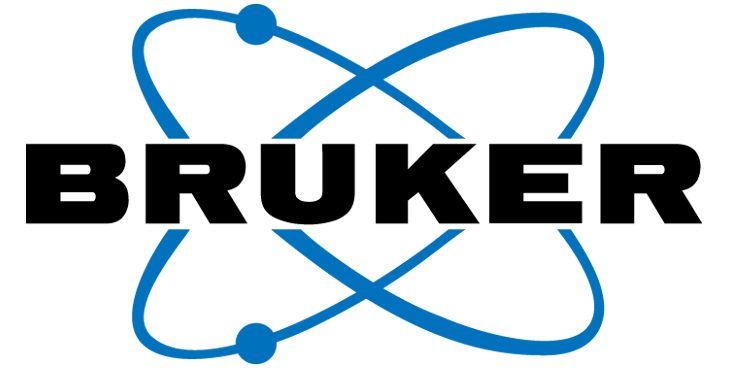
We architected, designed, developed and deployed two software systems for Bruker Technologies as follows:
Software that encapsulates single user serial communication of an old product. Our software enables many clients to communicate with the old product simultaneously. This software is implemented as a WCF self-hosted group of WCF services achitected to provide the desired upgrade.
We also architected, designed, developed and deployed a near real time monitoring and control application for the above mentioned old product. This monitoring and control application is a WCF client that communicates with the WCF host decribed above and it connects to the old product.
We upgraded a product, that had been designed decades ago for a single client and that communicates over RS-232C interface with a single user terminal, into a modern product that supports simultaneously many concurrent clients. We did it without touching the internal undocumented software of the old product by adding an external layer to the old product. That new layer was implemented by self-hosted WCF services specifically architected to perform this task.
The upgraded system can concurrently provide the following services:
Software that encapsulates many identical devices with TCP/IP communication. This software enables many clients to communicate with each member of that device cluster simultaneously. Software is implemented as a WCF self-hosted group of WCF services achitected to provide the desired upgrade.
We made it possible to encapsulate the control over many devices into a centralized software unit that can, on the other side, be used concurrently by many clients. These clients, in turn, can subscribe to receive alerts from our software as they are issued.
The unique architecture of each of these systems allows the customer to quickly
introduce changes in the future without damaging the resilience and robustness
of the system.
That means excelent responsiveness to ever changing market requirements due to
very short time to market. The significantly short time required for changes
yields very substantial, even dramatic, reduction of software maintenance costs
as explained
in our web site.